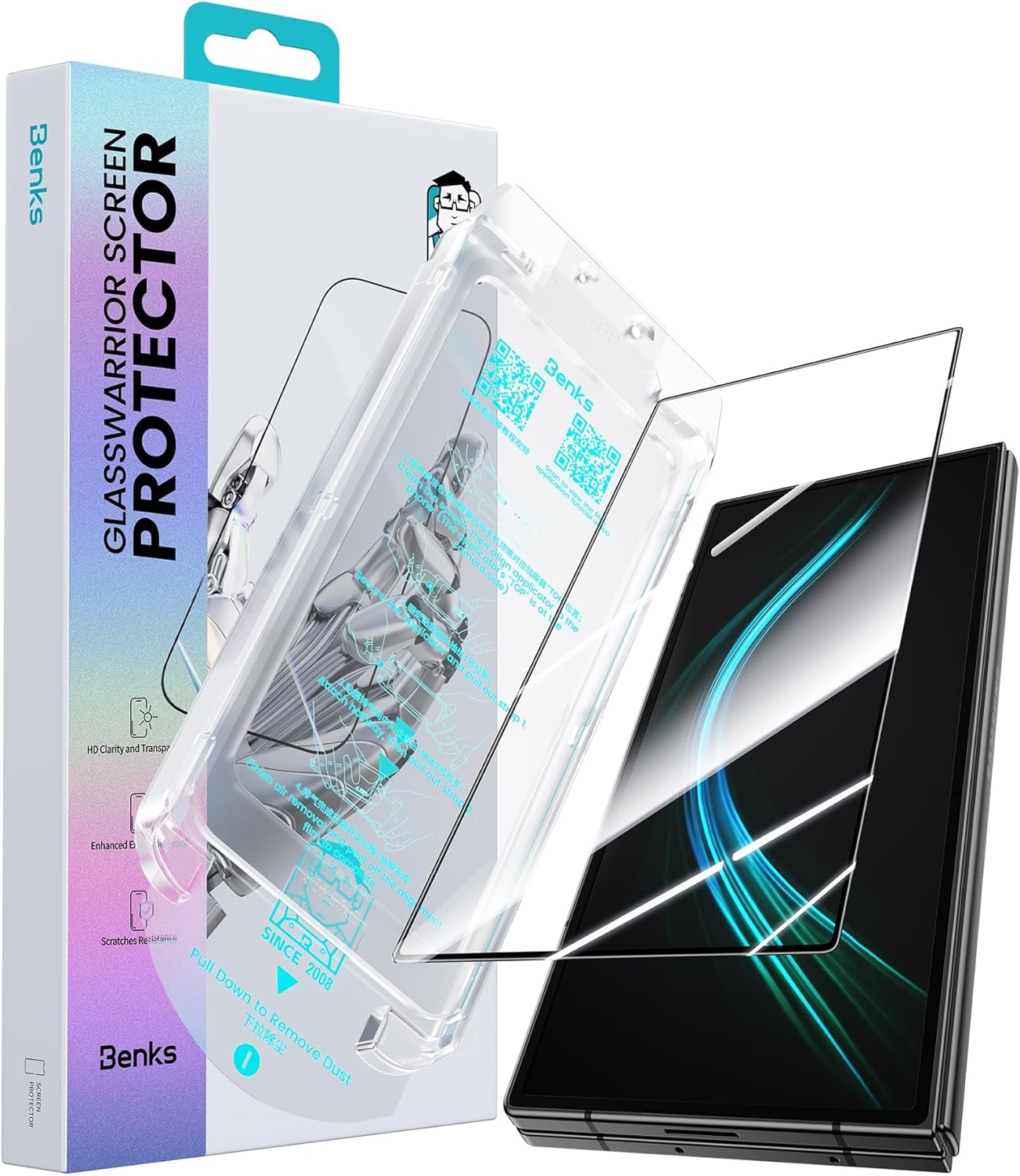The human eye –in combination with the incredibly powerful processing of the brain on the eye’s signals– is an amazing thing. We can move from direct sunlight to a near lightless room and our vision will adjust enough to be able to see in less than four seconds. And despite the massive advancements in sensor and lens technology, even the highest-end cameras cannot reach the same levels of dynamic range as the eyes of a person with 20/20 vision. Dynamic range is the amount of detail that is present in the light and dark areas of a photo. Higher dynamic range means that more detail is preserved with greater differences between the brightest and darkest areas of the image.
Using a feature on the Canon 70D, we can replicate the dynamic range of human sight using multiple exposures. This is commonly referred to as bracketing, and the bracketed photos are combined to create a high dynamic range (HDR) image. This image is created using three images, each with a separate exposure value (EV), and combines the best exposed areas of each photo to make one evenly exposed image.
In some cases (though it might look cool), HDR photography is not needed to achieve a single properly exposed image. When scene lighting is even across the frame, bracketing might not be necessary.
HDR photography is most useful in circumstances when there is large gap between the darkest and lightest area of the scene. An example of such a situation is an inside scene with a sunlit window. With a single exposure, you must make the choice between the sunlit outside being properly exposed and the portions of the frame inside the building being underexposed, or vise versa.
Let’s jump in:
- HDR mode is disabled when shooting in RAW format; make sure your 70D is set to only take JPEG images by going to the first tab in the settings menu, opening Image Quality, and setting RAW to the dash icon.
- Open the settings menu and navigate to the fourth tab, then open HDR Mode.
- Under Adjust dynamic range, we have five options that lets us choose how far apart the exposures of our HDR images are taken, or bracketed.
- After disable, we have Auto, that lets the camera determine the best bracketing for the scene.
- Otherwise, we can manually select our images to be 1, 2, or 3, EV steps apart.
- Larger settings are more useful for scenes with greater dynamic range.
- Continuous HDR can be set to 1 shot only, where only the next image will be an HDR capture, or Every shot, which will keep the camera in HDR mode.
- Auto Image Align is useful when you are taking the HDR image while using the camera handheld. This will adjust for small differences in the exact framing between the three exposures. This setting is not necessary when using a tripod.
- Frame up your shot.
- When you press the shutter button, three images will be taken in succession. Be careful to move as little as possible when the camera is taking the exposures. Less movement means the less your camera needs to align photos, and retains a greater resolution.
- Once finished processing, you will see your HDR image on the LCD Monitor.
- Note: the camera does not save the three separate images taken in HDR mode, and only retains the combined HDR image.
Check out our Canon 70D Tips & Tricks Roundup for more info!


